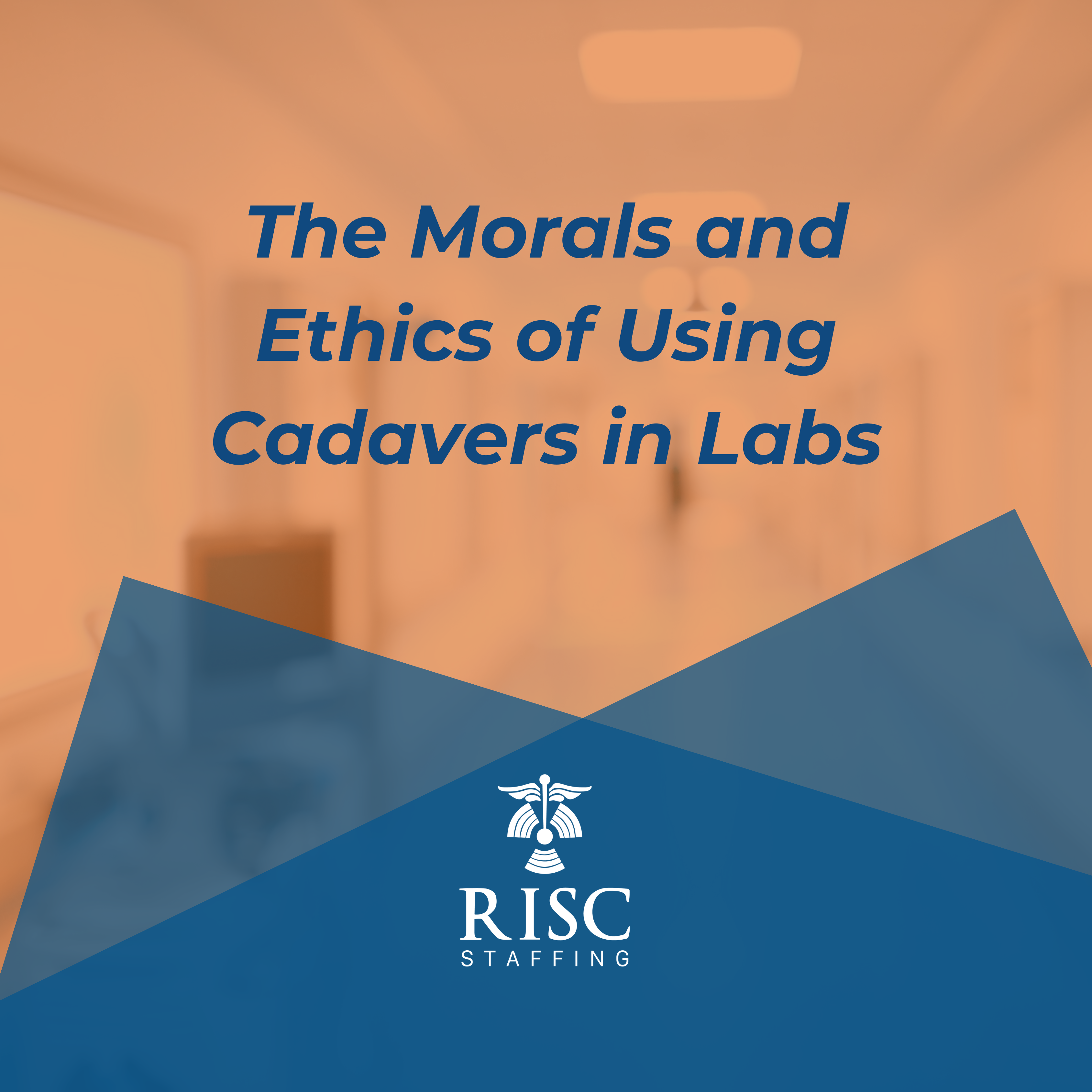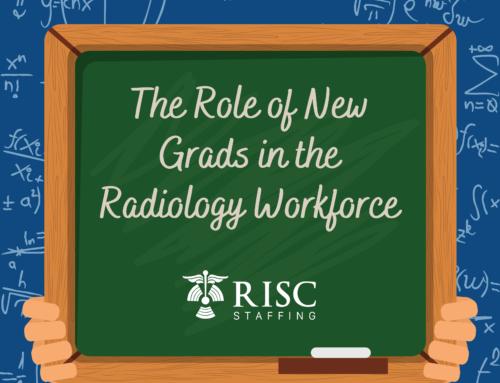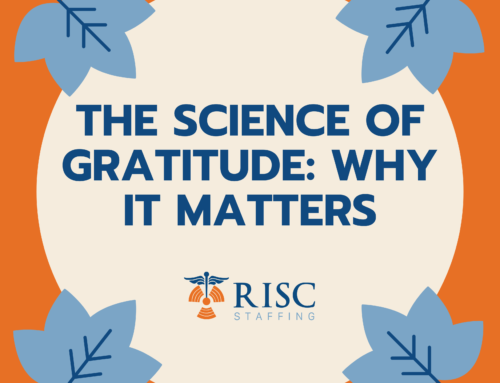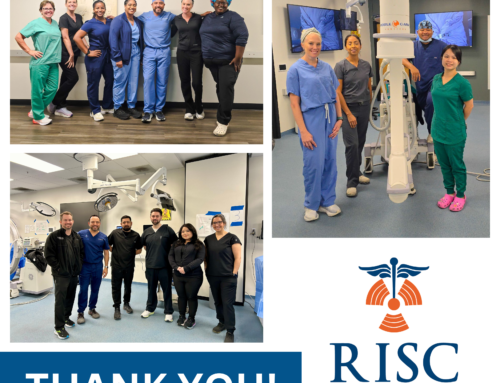The Morals and Ethics of Using Cadavers in Labs
The Morals and Ethics of Using Cadavers is something people need to be aware of and updated on. For centuries, cadavers have been an essential resource in medical education, offering a direct and intimate understanding of human anatomy that no textbook, simulation, or 3D model can replicate. The opportunity to dissect and study real human bodies equips medical students and professionals with the hands-on experience necessary to become effective practitioners. However, this long-standing practice does not come without its challenges, especially from a moral and ethical perspective.
Ethical debates arise surrounding the consent of those who donate their bodies, the cultural and religious implications of cadaver use, and whether technological advancements might replace this long-held educational tradition. Beyond the medical community, the public often has questions about the dignity and respect afforded to those who donate their bodies, as well as the transparency and ethical guidelines that govern the entire process.
- The History of Cadaver Use in Medical Education
Cadaver dissection has a rich and complex history that goes back thousands of years. Early examples date back to ancient Egypt and Greece, where figures like Herophilus and Erasistratus were pioneers in the study of anatomy. However, their work was often met with societal resistance due to religious and cultural beliefs surrounding the sanctity of the human body. In these ancient times, cutting open a body was seen as desecration, which led to widespread bans on cadaver dissection.
It wasn’t until the Renaissance that cadaver dissection saw a resurgence, especially in Europe. Anatomists like Andreas Vesalius, often regarded as the father of modern anatomy, performed public dissections to better understand the human body and correct long-standing medical misconceptions. However, the demand for cadavers far exceeded the supply, leading to the macabre practice of grave robbing. In the 18th and early 19th centuries, grave robbers, known as “resurrectionists,” would exhumed recently buried bodies to sell them to medical schools. The infamous Burke and Hare murders in 19th-century Edinburgh also highlight the ethical quagmires of that period, where bodies were murdered for profit rather than ethically sourced through donations or legal means.
This tumultuous history ultimately led to reforms, such as the Anatomy Act of 1832 in the UK, which provided legal avenues for the use of unclaimed bodies from workhouses and prisons for medical study. This marked the beginning of a regulated, legal approach to cadaver use, a practice that has evolved into today’s donor programs, where individuals can voluntarily donate their bodies to science.
In modern times, stringent laws govern cadaveric donation, ensuring that ethical concerns are addressed. The rise of voluntary donation programs ensures that bodies are used with informed consent and in alignment with the wishes of the deceased, bringing us to a more ethically conscious era in medical education.
2. The Importance of Cadavers in Medical Training
The human body is an extraordinarily complex system, and no amount of theoretical learning can substitute the hands-on experience provided by cadaveric dissection. When medical students work on cadavers, they gain an understanding of the intricacies of human anatomy that goes far beyond diagrams and models. Dissecting a cadaver provides a real-world understanding of the textures, variations, and anomalies that occur in the human body, something that can’t be learned from a textbook alone.
Cadavers also help students grasp the three-dimensionality of human anatomy in a way that flat images or simulations cannot. This is crucial for fields such as surgery, where a deep understanding of spatial relationships within the body is essential. For example, understanding how blood vessels, muscles, and nerves intersect and overlap is something that only cadaveric dissection can fully illustrate.
Furthermore, cadaveric dissection teaches more than just anatomy. It instills a sense of professionalism, respect, and empathy in medical students. Interacting with a cadaver requires them to think about the human person the body once belonged to, offering an opportunity for reflection on the nature of life and death, a key element of medical ethics.
The educational value of cadavers is highlighted in numerous medical studies. One notable survey conducted by the American Medical Association found that over 85% of medical educators agreed that cadaver dissection is irreplaceable, despite advances in technology. This tactile experience, paired with the emotional and psychological development it fosters, continues to affirm the vital role cadavers play in the education of future doctors.
3. Ethical Issues in Cadaver Use
While cadaver use offers enormous benefits, it also poses ethical challenges that institutions must address responsibly. Perhaps the most pressing issue is informed consent. A key question arises: are those who donate their bodies fully aware of how their remains will be used?
Informed Consent:
Informed consent lies at the heart of the ethical use of cadavers. Modern body donation programs ensure that individuals who choose to donate their bodies do so with full knowledge of the process. Donors typically undergo a rigorous consent procedure where they are informed about how their bodies will be used, for what purposes, and for how long. They often sign detailed agreements outlining their preferences, whether it be for use in medical research, surgical practice, or educational dissection.
However, ethical concerns arise when donors’ wishes are unclear, or if the family is not adequately informed. Sometimes, families may not be comfortable with the idea of a loved one’s body being used in dissection labs, even if the donor explicitly consented. Balancing donor autonomy with family concerns requires delicate ethical navigation. In many cases, transparent communication is essential to ensuring that all parties are fully informed and comfortable with the donation process.
In addition, there have been historical cases where bodies were used without proper consent, particularly those from marginalized communities. In the 20th century, it was common for unclaimed bodies from poor or minority groups to be used for dissection without their explicit permission. This historical exploitation of vulnerable populations continues to shape ethical debates today, emphasizing the importance of informed consent and equitable treatment in body donation programs.
Respect and Dignity:
Another major ethical consideration is the treatment of cadavers. Bodies used in medical education must be treated with the utmost respect, as they were once living individuals with families, friends, and personal histories. Medical schools often develop protocols to ensure cadaver handling is done with dignity. For example, some schools cover the faces and genitals of cadavers during dissections to maintain a level of respect and depersonalization, allowing students to focus on the educational value rather than the identity of the individual.
To reinforce respect and gratitude, many medical schools hold annual ceremonies or memorial services for cadaver donors. These events allow students and faculty to acknowledge the gift these individuals have given and reflect on the importance of this sacrifice. By fostering a culture of respect and appreciation, medical institutions uphold the ethical standards necessary for cadaver use.
Alternatives and the Ethical Dilemma:
As technology advances, new alternatives to cadaveric dissection have emerged. Virtual reality, 3D models, and synthetic cadavers are now available as supplemental tools for learning anatomy. These alternatives are particularly attractive from an ethical perspective, as they eliminate the need for human remains. However, there is a widespread consensus that these tools, while valuable, cannot entirely replace cadaveric learning.
While 3D models can simulate the human body with impressive accuracy, they often lack the intricate variations found in real human tissue. For instance, virtual models may not accurately represent differences in muscle texture or variations in organ positioning, which are common in cadavers. Therefore, many argue that while these tools can complement cadaveric learning, they should not be seen as a replacement.
4. Cultural and Religious Considerations
Cadaver use is not just a medical or ethical issue—it also intersects with cultural and religious beliefs. Across the world, different communities have varying views on the treatment of the body after death, and these beliefs can significantly impact attitudes toward body donation and dissection.
Religious Beliefs:
In many religions, the body is viewed as sacred and must be treated with care after death. For instance, in Christianity and Islam, there is a strong emphasis on the integrity of the body, and many believers prefer burial without disruption. For devout followers of these faiths, the idea of dissection may feel like a violation of religious principles, making them less likely to consent to body donation.
However, certain religious interpretations allow for body donation if it serves a greater good, such as advancing medical knowledge or saving lives. For example, some Islamic scholars have issued fatwas permitting body donation for medical purposes, provided it is done with respect and consent. Similarly, the Catholic Church has offered guidance suggesting that body donation is an act of charity, provided it aligns with ethical standards.
Cultural Sensitivities:
Cultural perspectives on death and the body can also play a significant role in the ethics of cadaver use. In some Indigenous communities, for instance, the body is seen as deeply connected to the land, and disrupting it after death may be seen as interfering with spiritual balance. Similarly, in some Asian cultures, there is a belief that the body must remain whole after death for proper reincarnation or transition to the afterlife.
Medical institutions must be sensitive to these cultural beliefs and develop body donation programs that are inclusive and respectful. In some cases, this may mean offering alternative forms of medical education that do not rely on cadaveric dissection, or at least providing clear avenues for individuals to opt-out of donation based on their cultural or religious views.
5. Balancing Dignity and Science
The balance between advancing medical science and maintaining respect for the deceased is a constant challenge in the use of cadavers. The medical community must always strive to honor the sacrifices made by donors while ensuring that their remains are used in a way that truly benefits society.
Many medical schools have adopted strict protocols to ensure that cadavers are treated with dignity throughout their time in the lab. This often includes clear guidelines on how cadavers should be stored, handled, and disposed of once their educational use has ended. Some institutions even have memorial services for cadavers at the end of each academic year, allowing students and faculty to express gratitude for the invaluable contributions made by these donors.
All in all,
The use of cadavers in medical education is a practice that brings both tremendous educational value and significant ethical challenges. Informed consent, respect for cultural and religious beliefs, and the balance between scientific advancement and human dignity are all crucial factors that must be carefully managed.
As we look to the future, advancements in technology may offer alternatives to cadaveric dissection, but it is unlikely that they will ever fully replace the value of learning from real human bodies. As long as cadaveric dissection remains a cornerstone of medical education, it is essential that we continue to uphold the highest ethical standards, ensuring that the bodies of donors are treated with the respect and dignity they deserve. By doing so, we not only honor the individuals who have made this ultimate contribution to science but also ensure that the next generation of medical professionals is prepared to serve humanity with knowledge, skill, and empathy.






